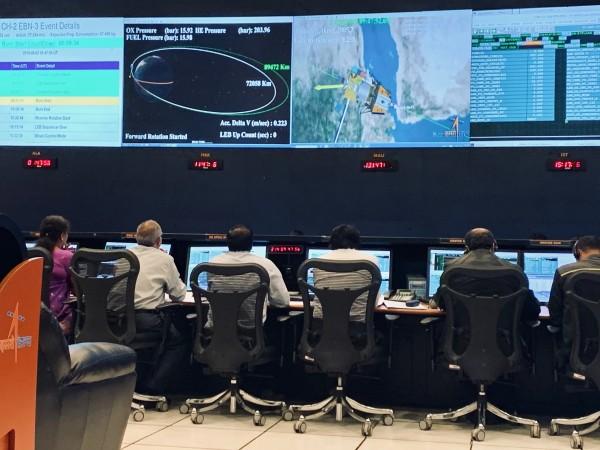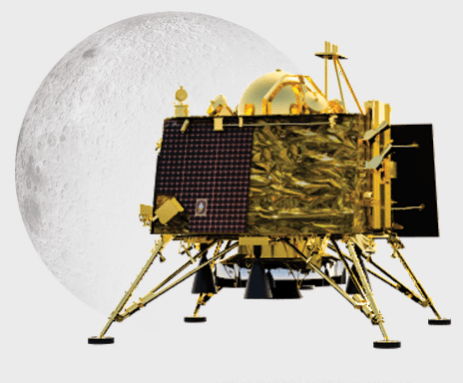
The ISRO Telemetry, Tracking and Command Network, or ISTRAC, is a string monitoring station spread across India and abroad to keep track of Indian spacecraft on orbit and report on the health of their systems.
ISTRAC is one of the most important elements in the success so far of the second Moon Mission that sent Chandrayaan 2 to the lunar orbit. The lander, Vikram, loaded with rover Pragyan, has separated successfully from the orbiter and will touch down in a controlled descent in the early hours of Saturday.
The Indian Space Research Organisation (ISRO) has developed ISTRAC as an extensive network of monitoring stations that act as the Telemetry, Tracking and Command (TTC) support to its space missions. ISTRAC tracks the satellites and launch-vehicles from their liftoff to the point of mission success.
ISTRAC is headquartered in Bengaluru, with its centres strewn all over the country and in about a dozen overseas locations. ISTRAC's Bengaluru facilities include a TTC ground station with a multi-mission Spacecraft Control Centre for spacecraft operations and co-ordination with the network stations. The centre's systems provide real-time display of individual spacecraft missions and also maintain a spacecraft data archive and ensure continuous analysis and determination of spacecraft orbit.
ISTRAC also functions as a backup facility for Master Control Facility at Hassan in Karnataka that monitors in real-time the INSAT family of communication satellites.

The ground stations of ISTRAC in India are in Bengaluru, Hyderabad, Lucknow, Port Blair, Sriharikota, and Thiruvananthapuram. Its global stations are in Port Louis, Mauritius; Bearslake, Russia; Biak, Indonesia; Brunei; Svalbard, Norway; Troll, Antarctica; Vietnam; Gatun Lake, Panama; and São Tomé and Príncipe, West Africa.
Significantly, ISTRAC is also the foundation of the Indian Deep Space Network (IDSN) for monitoring travel in interplanetary space. IDSN has been a vital element in the Indian space activity, including for Chandrayaan 1 when India launched the first Moon Mission on October 22, 2008, and reached the lunar orbit on November 8. Chandrayaan 1, which crashed an impact probe on the lunar surface, was operational until August 2009.
IDSN was also the vital link in the success of India's Mars Orbiter Mission Mangalyaan 1, launched on November 5, 2013. The spacecraft was put on its trans-Mars trajectory on November 30, 2013, for a 298-day journey to the Martian gravitational sphere. Mangalyaan 1 was injected into the orbit of Mars on September 24, 2014. The spacecraft was under the watch of the IDSN all through its fraught interplanetary travel.
ISRO is set to launch two important space missions in 2024, Chandrayaan 3, to take a robotic lander to the Moon, and Mangalyaan 2, the second Mars Orbiter Mission. Both these missions will see extensive involvement of IDSN and ISTRAC.
When the scheduled soft touch down of Vikram occurs in the early hours of Saturday, in the presence of Prime Minister Narendra Modi at the Mission Operations Complex-1 (MOX) in Bengaluru, the ISRO engineers led by chairman K Sivan will be applauding the unblinking watch of ISTRAC personnel around the globe.














